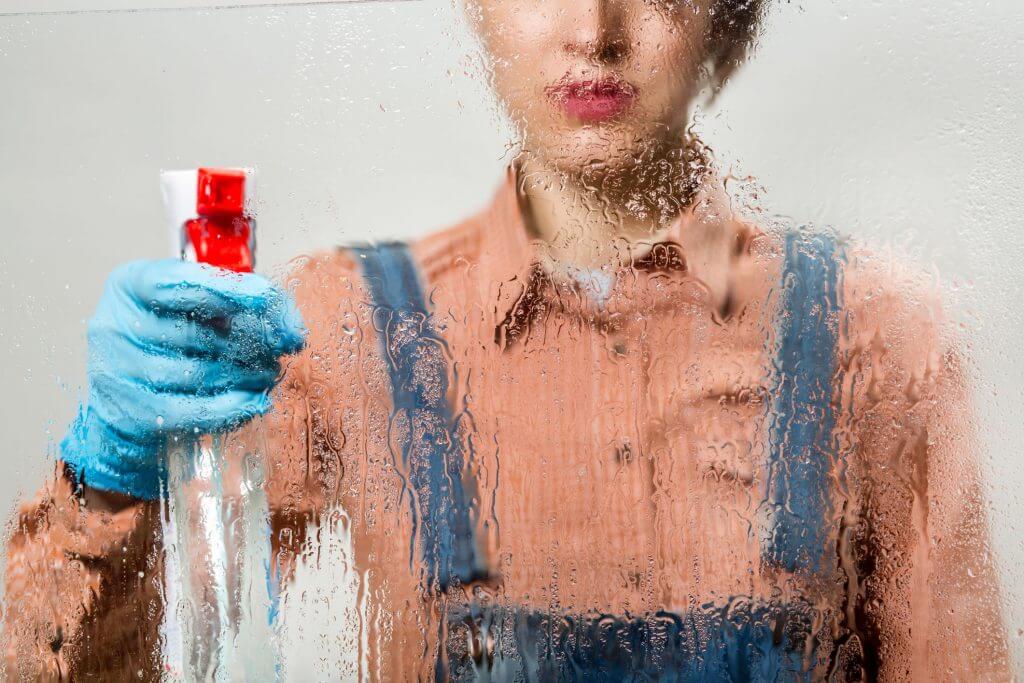Acrylic plastic provides a sleek, modern aesthetic to applications, projects, and display environments. While plexiglass acrylic offers long-lasting beauty, it is important to properly care for your acrylic sheets and products by taking the right actions to clean them when dirty, scratched, and smudged. Cleaning plexiglass acrylic can be challenging because of how sensitive it is to certain cleaners.
Below, we’ve listed some helpful tips and tricks on how to keep your acrylic looking brilliant and clean with the right acrylic cleaners and maintenance techniques.
Which Cleaners Should I Use on Plexiglass and Acrylic
When acrylic becomes particularly dirty and filled with debris, we recommend using Novus acrylic cleaning products. For a lustrous shine that’s resistant to fogging, repels dust, and eliminates static, we recommend cleaning your acrylic with Novus #1. Additionally, Novus #2 can be used to remove fine scratches, haziness, and abrasions. For those looking to remove heavier scratches and abrasions, we recommend using Novus #3. These acrylic cleaners are perfect for any level of cleaning you need to do to repair your plexiglass acrylic products.
[wbcr_snippet id=”729″]
Blow Dirt, Dust, or Debris Off Your Plexiglass Acrylic
A great way to avoid scratching acrylic while cleaning it is to use canned air to blow dirt off the surface of your acrylic sheet or product. This method will efficiently eliminate debris without risking the chance of damaging your acrylic.
How To Remove Light Stains and Debris From Plexiglass and Acrylic
If your plexiglass sheet has a light amount of stains or soil on its surface, use clean water to wash it. Simply drop water on to its surface and blot it dry with a microfiber cloth. Blotting is a helpful cleaning technique that helps avoid scratching acrylic.

How to Clean Non-Glare Coated Acrylic
When caring for acrylic with non-glare coating, also known as P99, it is especially important to not use any kind of abrasive cleaner like window cleaners, ammonia products, or chemical sprays. We strongly recommend using Novus #1 to clean and protect acrylic with this kind of coating. Novus #2 and #3 are formulated to help remove scratches and blemishes off non-coated acrylic and may remove the non-glare coating off if used in excess.
4 Advanced Cleaning Methods for Plexiglass Acrylic
For manufacturers and designers who need a more robust way to clean acrylic for commercial fabrication and custom-crafted displays, we’ve listed several additional techniques that can be used to clean and care for acrylic plastic. However, these advanced techniques are not for beginners or DIY projects, and should be done as carefully as possible. Below is a closer look at how to clean acrylic with these advanced cleaning techniques.
How to Use Scraping to Clean Plexiglass Acrylic
Using a razor blade or any other type of sharp scraping tool, evenly remove off excess and scratched acrylic and be sure not to dig into it. This approach also comes in handy when looking to shape uneven edges.
How to Use Sanding to Clean Plexiglass Acrylic
You can use any type of sander when sanding your acrylic sheet. This approach will not only remove machining marks, but it will also create a matte finish on your acrylic sheet. Sand your acrylic like a piece of wood, use light pressure and keep the sander moving at all times. This will help remove any deep scratches or blemishes on your acrylic sheet. When you are done sanding, you can begin the buffing and polishing process.
How to Use Buffing to Clean Plexiglass Acrylic
Polishing wheels are the perfect way to achieve a nice clear finish on your acrylic sheets after they have been sanded. Make sure you clamp the acrylic in place so that it doesn’t move when buffing. The finished quality of acrylic is dependent on the kind of compound you choose to use. A medium compound will result in a glossy finish. If you wish to achieve a more brilliant shine this can be accomplished by applying a fast cutting compound.
How to Use Flame Polishing to Clean Plexiglass Acrylic
Flame polishing offers a clean, shiny finish to your acrylic sheets. It is typical to use a normal hydrogen-oxygen torch with a #4 or #5 tip. When using the torch flame you want to heat the edges with swift motions and make sure to not heat the acrylic too closely. If done correctly, the edges of your acrylic sheet will have a clean, shiny finish that will result in a highly impressive outcome.
Have any more questions? Feel free to reach out to our knowledgeable customer service representatives with any questions you may have about acrylic cleaners or cleaning methods.

